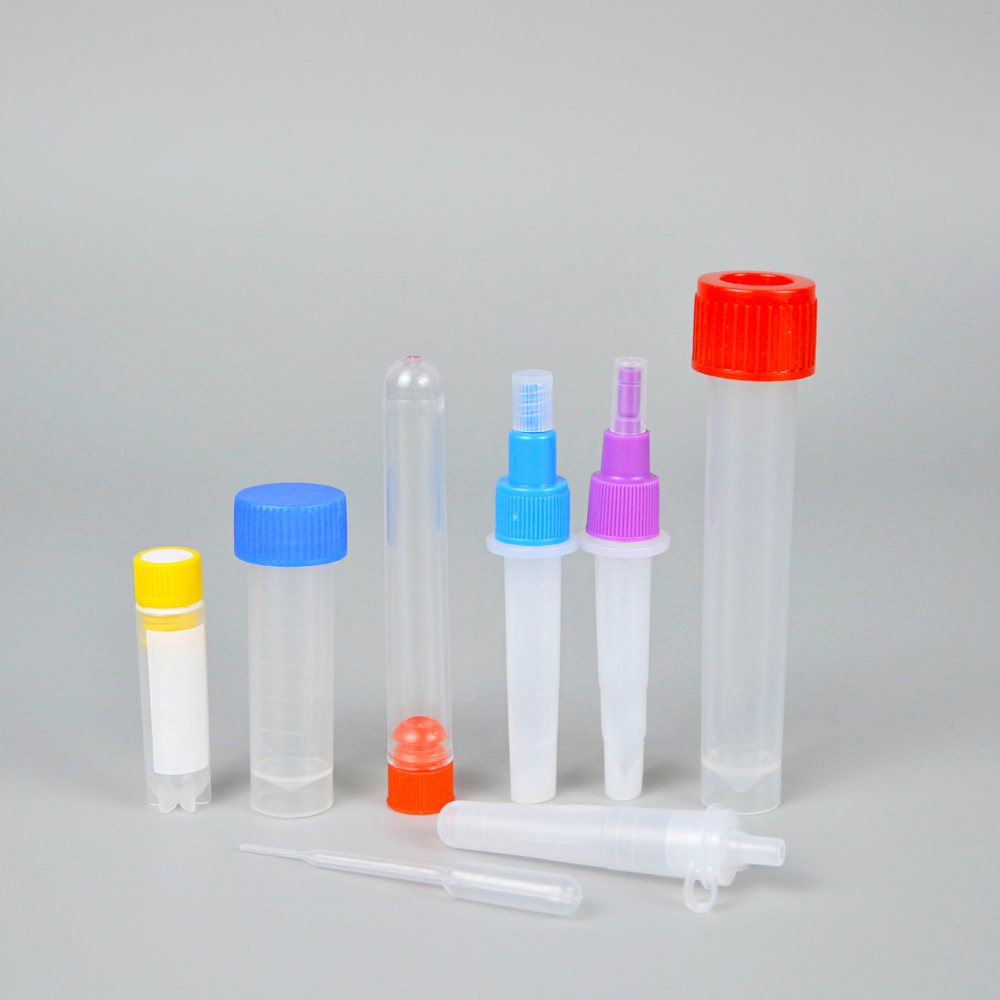https://www.wahmg.com/)">
Exploring the Benefits and Uses of Yellow Top Serum Separator Tubes in Medical Laboratories
Exploring the Benefits and Uses of Yellow Top Serum Separator Tubes in Medical Laboratories
Understanding the Yellow Top Serum Separator Tube A Vital Tool in Laboratory Medicine
In the realm of laboratory medicine, accurate specimen collection and handling are critical to obtaining reliable test results. One essential component in this process is the Yellow Top Serum Separator Tube (SST). This article aims to provide a comprehensive overview of the Yellow Top SST, highlighting its purpose, composition, and significance in clinical laboratories.
What is a Yellow Top Serum Separator Tube?
The Yellow Top Serum Separator Tube is a type of blood collection container used primarily to isolate serum from blood samples. It is characterized by its distinct yellow color, which serves as a visual cue for laboratory technicians. The SST is designed to facilitate the separation of serum from the cellular components of blood after centrifugation, making it instrumental in various diagnostic tests.
Composition and Features
The Yellow Top SST is typically composed of glass or plastic materials and contains gel and clot activator. The gel creates a physical barrier when the tube is centrifuged, effectively separating the serum from the clot. The clot activator enhances the clotting process, which is crucial for obtaining clear serum. This unique combination allows for quicker processing times and improves the quality of serum obtained for analysis.
The use of a serum separator tube is particularly advantageous as it minimizes the risk of contamination and reduces the need for additional handling of the specimen. By maintaining the integrity of the serum, the SST ensures that diagnostic assays are performed on high-quality samples, resulting in more accurate laboratory results.
Applications in Clinical Testing
The Yellow Top SST is widely utilized in a variety of clinical tests, including but not limited to
yellow top serum separator tube

1. Biochemical Analysis Many routine tests for metabolic panels, liver function tests, and electrolyte levels utilize serum as a sample type. The SST provides serum that is free from cellular debris, thus enhancing the reliability of these tests.
2. Immunology Tests such as antibody and antigen detection often require serum. The purified serum obtained from the SST ensures that immunological assays can produce accurate results.
3. Endocrinology Hormonal assays, including thyroid function tests and adrenal hormone assessments, require serum samples. The SST allows for the quick and efficient collection of these samples.
4. Serology Viral and bacterial serological tests often depend on serum samples for the detection of antibodies or antigens, making the use of SST crucial in infectious disease diagnostics.
Importance of Proper Handling
While the Yellow Top SST is designed to streamline the specimen processing workflow, proper handling and storage are essential to maintain the quality of serum. After collection, the tube should be gently inverted several times to mix the blood with the clot activator, ensuring optimal clotting. Following this, it should be centrifuged at the appropriate speed and duration as specified by laboratory protocols.
Moreover, it is vital to adhere to the guidelines regarding the transport and storage of these tubes to prevent hemolysis or degradation of serum, which can significantly impact test results.
Conclusion
The Yellow Top Serum Separator Tube is an indispensable tool in modern laboratory medicine. Its design enables effective serum separation, ultimately leading to more accurate and reliable diagnostic testing. Understanding the importance of proper tube usage, handling, and applications can significantly enhance laboratory performance and patient care outcomes. As technology evolves, the Yellow Top SST will undoubtedly continue to play a pivotal role in the diagnostics field, enabling healthcare professionals to deliver precise and timely results.
-
Wholesale Plastic Juice Bottles with Caps 16 oz Options Available Bulk Packaging SolutionsNewsJun.10,2025
-
Laboratory Apparatus Reagent Bottle – Durable & Chemical Resistant Bottles for Safe StorageNewsJun.10,2025
-
Squeezable Dropper Bottles Durable, Leak-Proof & CustomizableNewsMay.30,2025
-
Affordable Plastic Petri Plates Sterile & Disposable Lab-GradeNewsMay.30,2025
-
Eye Dropper Caps Precision 24/410 & Plastic Bottle-Compatible TipsNewsMay.30,2025
-
Affordable Mini Spray Bottle Price & Wholesale Deals Shop NowNewsMay.29,2025





















